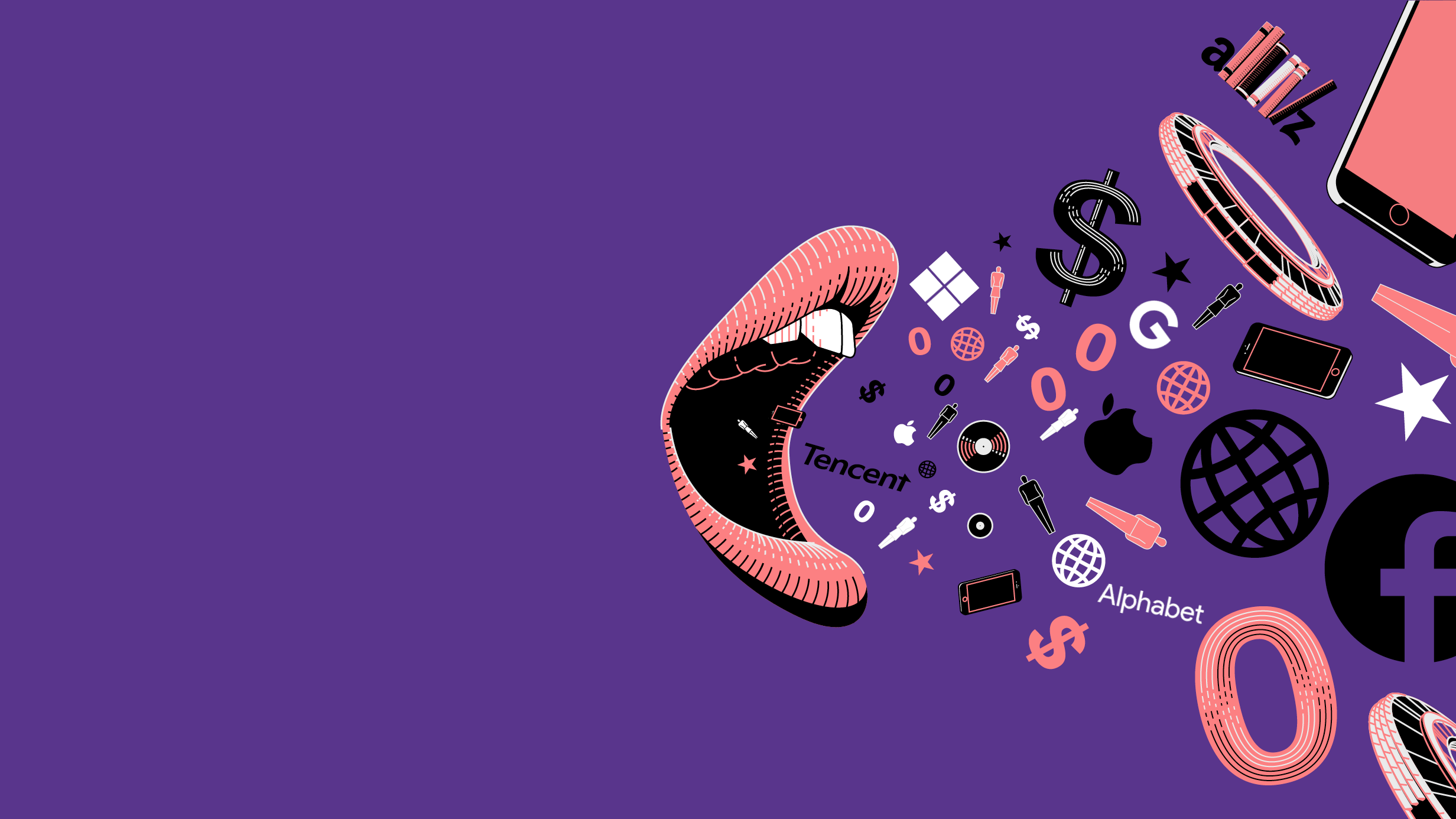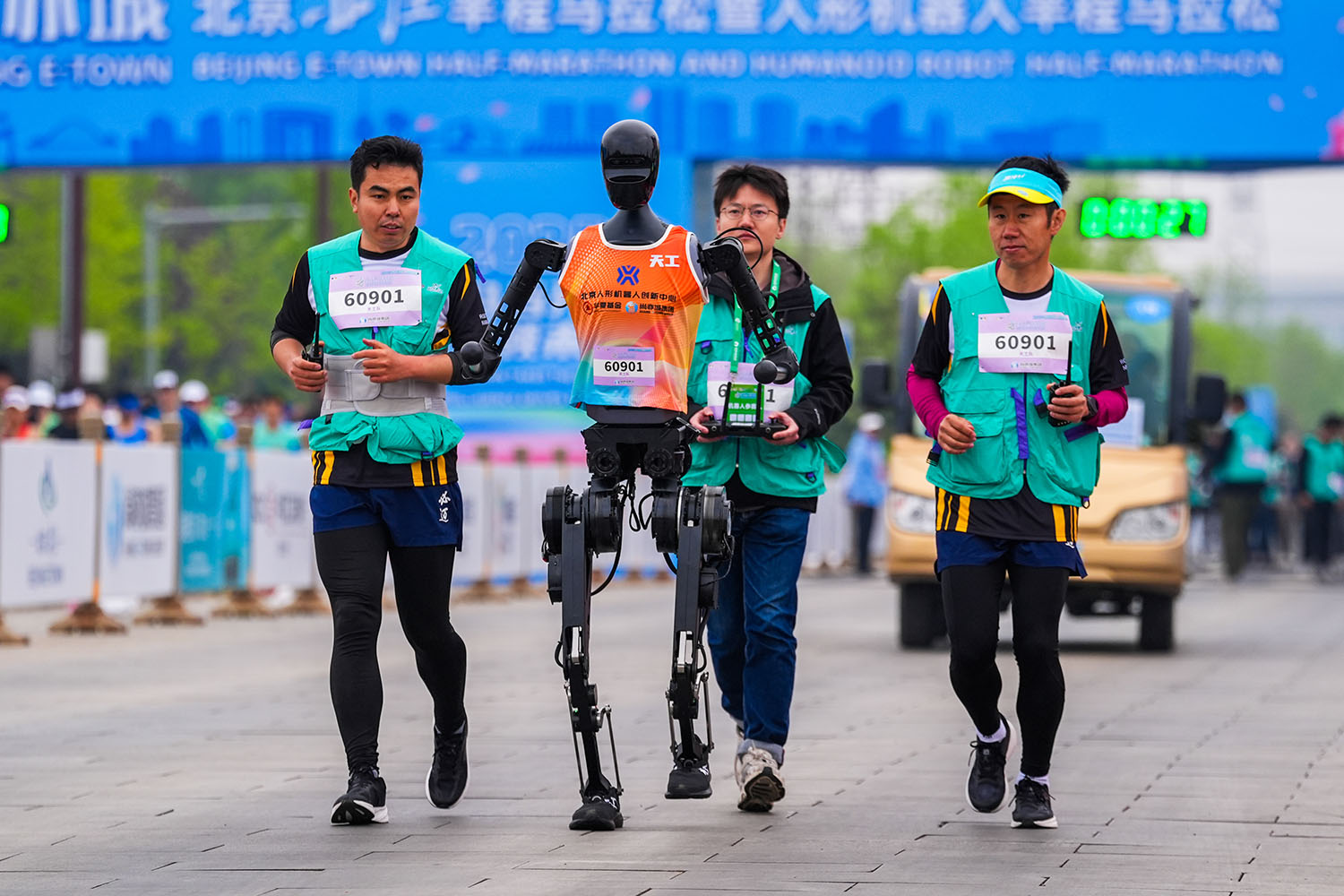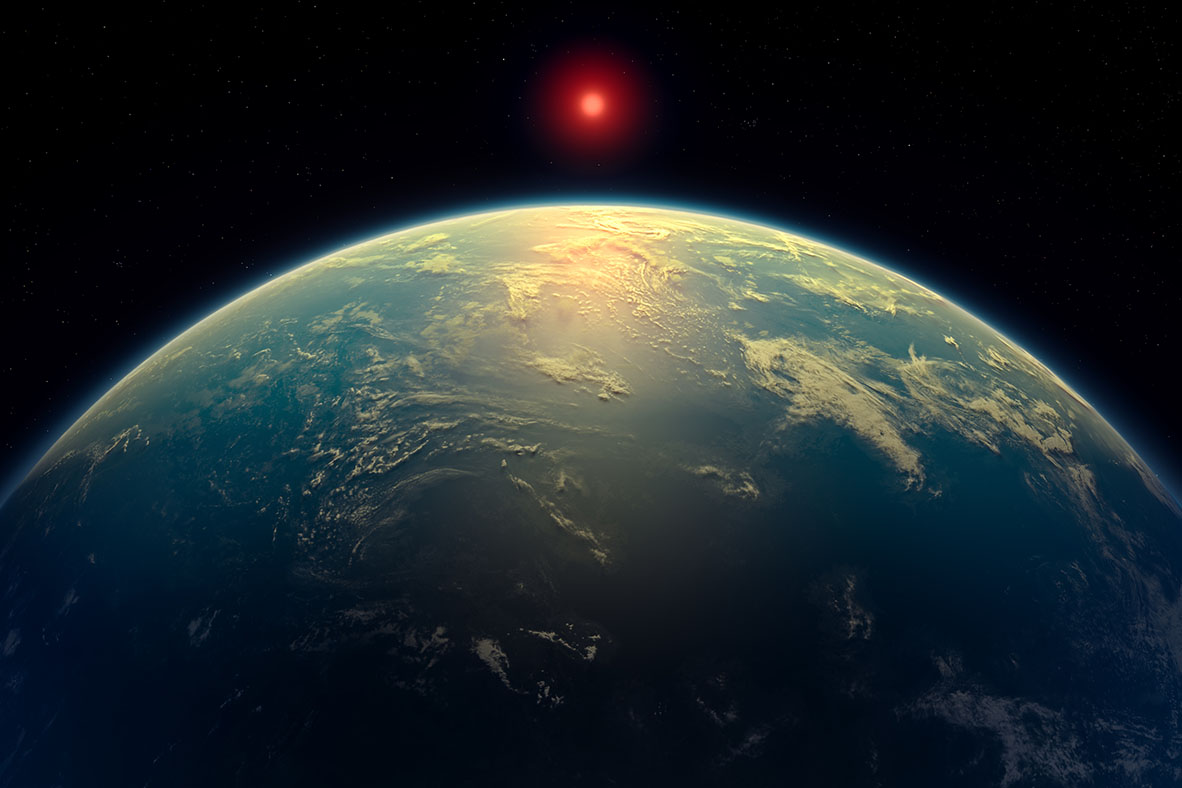
The beauty of Apple’s design is at risk – it has lost a legendary designer and is locked in battle over unsightly charging cables
Here’s what you need to know this week:
- Affairs of state: The beauty and the waste: planned obsolescence at Apple
State-by-state:
- Google’s co-founder is embroiled in the Musk Affair
- Apple is probably still making a car
- Microsoft’s LinkedIn says creators are in demand
- Amazon is buying One Medical
- Meta created new feeds to be like TikTok
- Tencent doesn’t have ByteDance’s lobbying bill
What’s happening? Apple is facing a twin challenge to its philosophy of beautiful design and planned obsolescence – a strategy that involves planning when a product will become unfashionable or no longer usable, so that consumers are pushed to purchase an upgrade. Firstly, the visionary designer Jony Ive has finally cut ties with the company. Secondly, regulators are trying to force Apple into line over charging for its devices.
The beauty. Jony Ive – credited with the design of some of Apple’s most famous devices, such as the original iPod, the first iPhones and iPads – left Apple in 2019 after nearly 30 years with the company, but retained a partnership through his own firm LoveFrom. The last contract between the two organisations ended for good this month.
Early on in his partnership with Apple’s then CEO Steve Jobs, Ive saw the commercial value of technology that obeyed the laws of fashion. Both Ive and Jobs understood “that the strategies of fashion could be co-opted and applied to previously dull and boring consumer electronics” writes Vanessa Friedman in the New York Times. That “planned obsolescence, an essential premise of fashion, could be applied to function” making a new touch screen, docking station or charging port the next big thing for consumers and a reason to become a repeat customer.
Apple relies on this planned obsolescence to stay competitive and sell more.
The waste. Electronic waste and overconsumption are serious issues. Apple may wish to push consumers to buy new phones every season, but ultimately, planned obsolescence strategies will prove to be unsustainable.
“There are about 40 to 50 minerals in the average smartphone, each of those are mined – and quite often they’re mined in very difficult circumstances,” Ioiana Pires Luncheon of Fairphone, a sustainable, repairable smartphone company, told us: “The smartphone industry, and the electronics industry in general, is behind other industries. There’s a lot of awareness about fast fashion now and the damage it does.” Regulators and consumers are catching up.
Apple has already paid fines totalling hundreds of millions of dollars over allegations that it secretly degraded the performance of older iPhones. Apple has denied wrongdoing and settled many cases to avoid the burden of litigation. But more obviously, Apple devices are renewed every season, containing new proprietary features, and making older ones seem less and less appealing. Apple argues that innovation requires the ability to break new ground rather than conform.
Does Apple have a point? Maybe. “What Apple does every year is they innovate a little bit, they adjust the chip, the size of it, they adjust the screen, because they get revenue every year by selling a brand new version of the phone,” James Peel, a portfolio manager at Titan Asset Management, told us.
Charging cables. By 2024, all electronic devices in the EU will have to use a USB-C charging cable. EU lawmakers have agreed rules that will mandate all electronic devices be fitted with a universal USB-C charging port. Regulators are trying to force Apple and other companies to conform to a single design standard. The EU has been working on the idea, called the Common Charger Initiative, for a decade and concluded that a single standard addresses both the consumer inconvenience and environmental harm of wasted and unusable chargers.
Senators in the US also want the Department of Commerce to set a standard for charging cables in the world’s third biggest smartphone market – China is the largest with 1.4 billion users, followed by India with 1.39 billion. They are arguing that Apple’s Lightning port and other proprietary chargers are an example of “planned obsolescence that is expensive and frustrating for consumers, and drives the proliferation of electronic waste”.
Do the lawmakers have a point? On consumer experience, no, but on waste, maybe. The evidence suggests that consumers are not suffering as much as they claim – 63 per cent of the 5,000 consumers surveyed by the EU said that they did not face problems with the interoperability of other chargers. Whilst the vast majority also said they expected to find a charger in the box with a new phone, most users are already pretty well served. In terms of waste, the EU estimated that a charger standard could save consumers 250 million Euros every year, and eliminate thousands of tonnes of e-waste.
Apple has contested this claim. It argues that a charging standard will result in more waste rather than less, as Apple’s older products that are not USB-C compatible become obsolete sooner. Over 57 million tonnes of e-waste is produced globally each year, but less than one per cent comes from chargers. So reduction is important, but lawmakers could find more significant sources of e-waste to focus on.
What does it mean for Apple? Sooner or later Apple will have to fall into line. Ive was in charge of design when Apple’s 1998 iMac shunned the floppy disc drive. When Apple released a mobile phone without a keyboard – the iPhone – some competitors rejoiced at its “mistake”. In 2008 the MacBook Air dropped the CD drive. In 2016, MacBook products replaced USB ports with USB-C even though the former is still in almost universal use. The beauty of Apple’s design has been to give form and function equal footing, and to reject orthodoxy. For the first time, lawmakers are disrupting that philosophy.
“I really feel sad for Apple. They make incredible technology. But they have this double bind. I think that the board knows that their business model is unsustainable and causing damage to consumers and the environment,” Charles Radclyffe, co-founder and Managing Partner at EthicsGrade, said, adding: “Can they get away with it? No, not forever. That’s why they will not be the most valuable company in the world for much longer.”
Why this story? Apple is the largest company in the world. It lobbies in every major jurisdiction, and every day more than 2 billion people around the world use an Apple device. The approach that Apple takes to sustainable design and consumer behaviour is capable of changing the world around us.
With the loss of Jony Ive, reports are already surfacing from within Apple that sales targets have become more important than providing tools that help humanity. It is a company that has the reach and resources to drown out the interests of ordinary consumers and developing nations that bear the costs of electrical waste and overconsumption. Beauty doesn’t need to be wasteful.
“Haven’t even had sex in ages (sigh)”. This was Elon Musk’s response to allegations that he had an affair with Nicole Shanahan, the wife of Google co-founder Sergey Brin. The Wall Street Journal reported that a “brief affair last fall” between Musk and Shanahan was the reason Sergey Brin filed for divorce, citing “irreconcilable differences”. Elon Musk went on to say that “This is total bs. Sergey and I are friends and were at a party together last night!” Brin has yet to comment on the episode, but it piles further controversy on Musk, who is embroiled in allegations of sexual misconduct at SpaceX, and a fiery dispute with Twitter over his maligned $44 billion acquisition drama.
A good litmus test for whether Apple really are still into making tools that help humanity could be the release of the car the company has allegedly been developing. An investigation by Nikkei has found that Apple continues to file patents relating to seats, windows, and car-to-device syncing technology. In fact, Apple has been filing patents for vehicle-related innovations since 2008. In 2014, Apple launched “Project Titan”, which roped in 1,000 car engineers and experts though a prototype hasn’t emerged yet and neither has a name – although the smart money is on Apple Car. The report asks whether, given the mobile phone market has matured – with three devices on the planet for every person – it may be time for Apple to move into automobiles.
Creativity is in demand. Microsoft’s LinkedIn has reported that job postings for creator-related positions have tripled in the past year. One explanation is that companies are realising that the cost-of-living crisis will require new ways to convince customers to part with their money, and creative advertising and user engagement campaigns are one way to do that. The second largest sector for creator-related jobs, according to LinkedIn data, is advertising services. Technology and information is first.
Amazon is making another big acquisition. The tech state will buy One Medical – a membership-based virtual care service and employee health benefits provider – in one of its biggests ever deals. At a price of $3.9 billion, the purchase of One Medical ranks third behind the $13.7 billion buyout of WholeFoods, and the more recent $8.5 billion purchase of MGM, the Hollywood studio behind James Bond. Much like those other deals, the takeover of One Medical is subject to regulatory approval, but marks another serious step in Amazon’s foray into healthcare.
Facebook is shaking up the News Feed to stay competitive. Last week, Meta announced that the staple of Facebook’s homepage would become two separate feeds. The first – called Home – is intended to show personalised content recommended by Facebook’s algorithm, with Reels and Stories appearing based on what a user has liked or engaged with in the past. The second – called Feeds – shows recent content from your groups, Pages and your Facebook friends i.e. the people you know or like. This is important because the default page on Facebook is now, you guessed it, the closest Facebook gets to being TikTok.
Tencent’s rival, ByteDance, faces a major challenge that Tencent does not. The company operates TikTok, the world’s most popular app and a favourite of teenagers in the US and UK. This means that ByteDance faces a constant threat of antitrust regulation in those jurisdictions that would curtail its ability to grow and make money by showing ads. The cost of fighting such legislation is taking a toll. ByteDance had its biggest ever quarter of lobbying this year, spending more than $2.1 million to influence the US government. This is a 130 per cent increase on ByteDance’s lobbying bill the previous quarter – and probably comes as a response to the American Innovation and Choice Online Act which aims to stop large platforms from abusing their monopoly positions in digital markets.
Thanks for reading,
Luke Gbedemah
@LukeGbedemah
Sebastian Hervas-Jones









